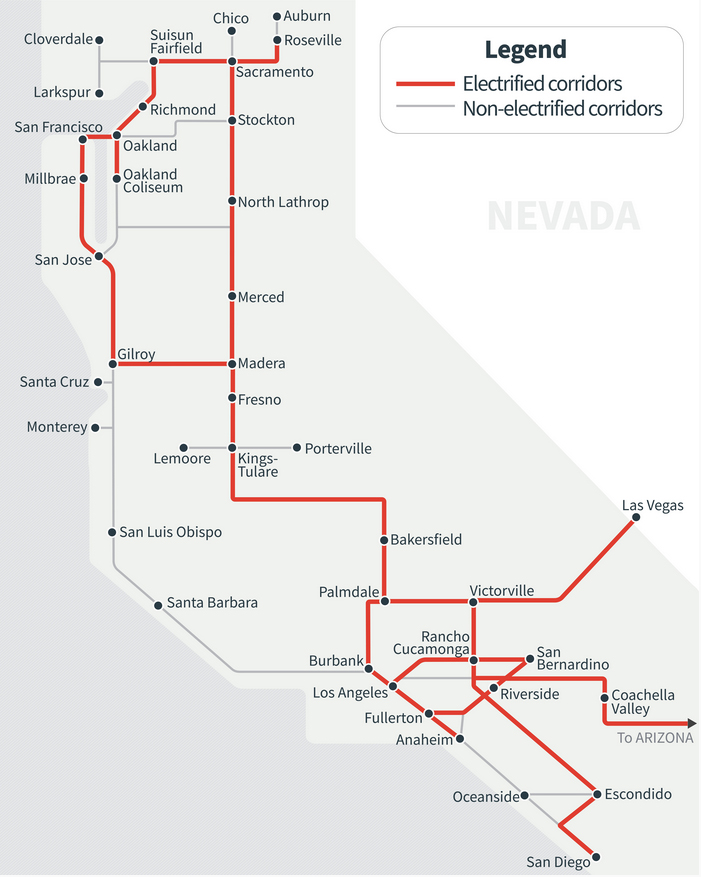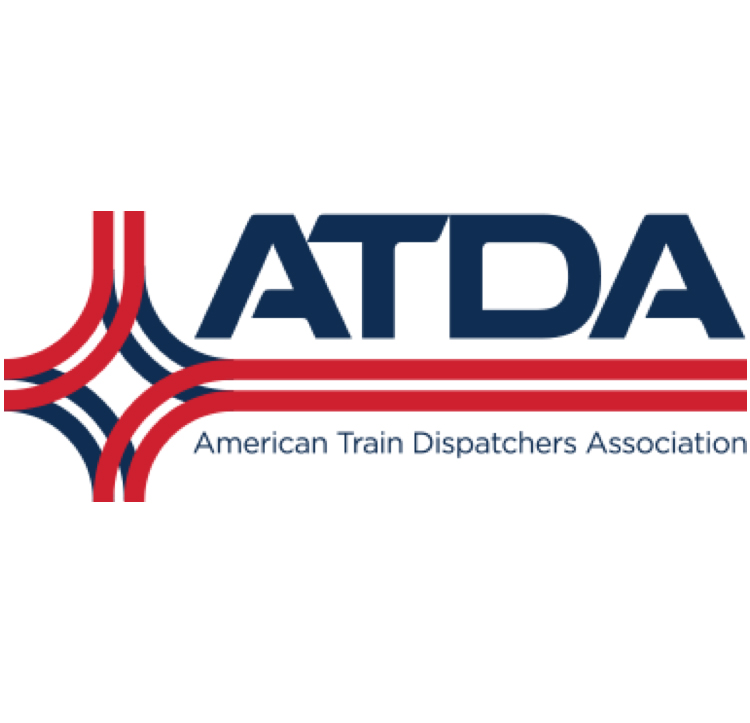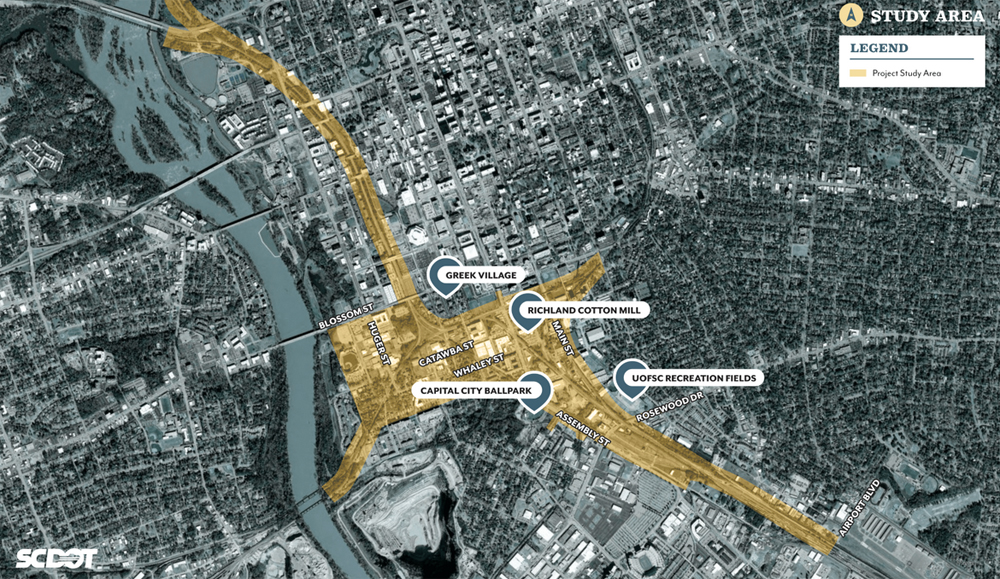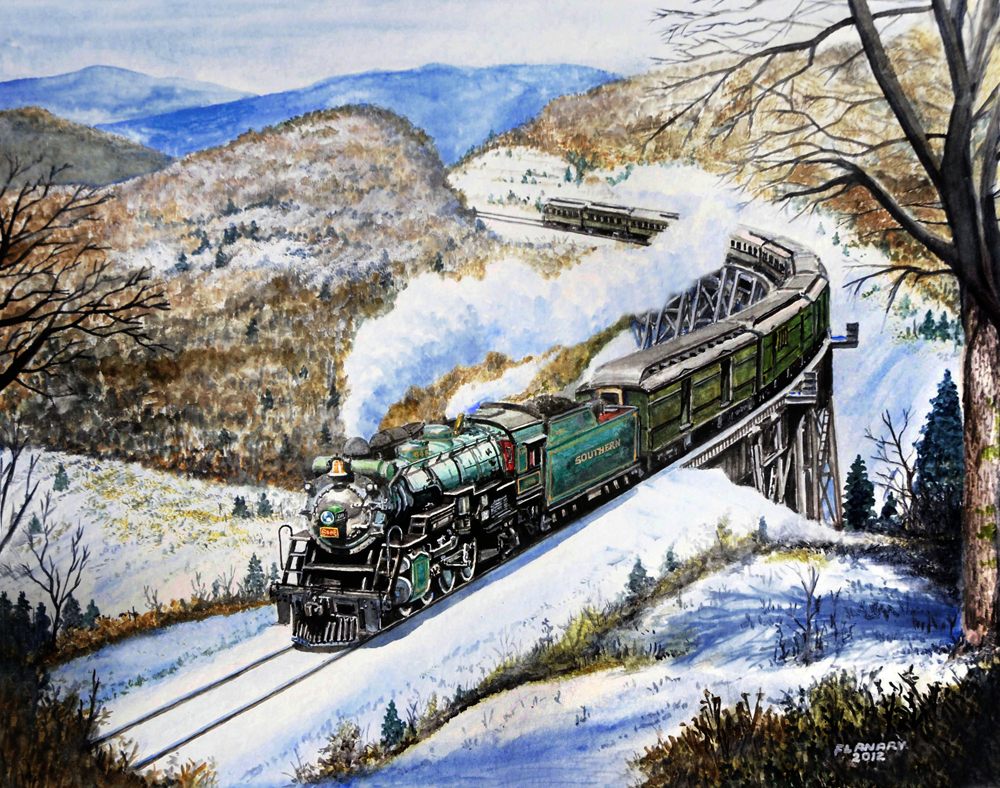Getting there, however, is not easy.
That’s because PSR aims to change 150 years of learned behavior in 150 days, which initially disrupts the railroad, says Ken Sherman, vice president and general manager of Intellitrans, a transportation management company that monitors 12 million shipments annually.
But once a railroad settles in to PSR operations, transit times generally improve slightly, service variability is reduced, and the number of exceptions — cars that go astray for a variety of reasons — is cut by up to 75 percent per day, Sherman told the North East Association of Rail Shippers on Thursday.
Sherman says shippers often have to deal with a tradeoff for faster transit times: Fewer days of local switching, which can negate the impact of cars that move faster once they leave the shipper’s dock.
Norfolk Southern is taking a different approach to Precision Scheduled Railroading by shifting most customers to daily service.
NS daily service has improved loading efficiency at Packaging Corporation of America’s paper mills, which ship rolls of cardboard to the company’s box plants, says Ross Corthell, the paper company’s director of transportation.
“That’s a very positive outcome for us,” he says.
PCA’s transit times have improved by 8% to 50% overall this year as railroads roll out PSR operating plans, Corthell says. The dozen boxcars PCA ships daily from one of its mills to a box plant are moving 15% faster, enabling the company to use 60 fewer cars to haul the same amount of paper.
Kevin Acker, director of land transportation for The Chemours Co., says he’s cautiously optimistic that the slow implementation of PSR at NS, Union Pacific, and Kansas City Southern will be less disruptive than E. Hunter Harrison’s blitzkrieg of change at CSX Transportation, Canadian Pacific, and Canadian National.
Thus far the chemical shipper, which loads 24,000 cars annually, has not seen service hiccups from UP or NS, Acker says.
PSR has produced slight but not meaningful transit time improvements between most origin-destination pairs for Chemours on CSX and UP, Acker says.
Where Chemours has seen the most improvement is in increased consistency of transit times, Acker says. Of 13 origin-destination pairs on CSX, seven showed significantly less variability and one stayed the same. Of a dozen lanes on UP, seven have improved.
“The data is suggesting to me that we will see improved variability,” Acker says.
Acker encouraged Class I railroad systems to report on-time performance or trip-plan compliance figures rather than focus on metrics like average train speed and terminal dwell.
“I don’t really care about those,” Acker says. “I care about on time performance.”
UP and CSX have been reporting their quarterly figures for trip-plan compliance. KCS has not yet said what metrics it will focus on, and NS has said it will report a combined service metric that compares the railroad’s performance to 2018. Neither Canadian National nor Canadian Pacific report on-time performance or trip-plan compliance.
Railroads also need to work together to create trip plans that cover interchange traffic, Acker says. Currently the Class I’s create trip plans that cover movements on their own railroads but don’t share data to make it possible for interline shipments.
Sherman, Acker, and Corthell praised the go-slow approach that KCS, NS, and UP are taking to implementing their PSR operating plans.
Acker and Corthell said the rocky implementation period at CSX increased their costs dramatically as they had to expedite shipments via truck amid congestion and first- and last-mile service failures.














If handled right, PSR can be useful. However, if not done properly, all there is left is one massive SNAFU (emphasizing the AFU part) mess that has long term consequences.